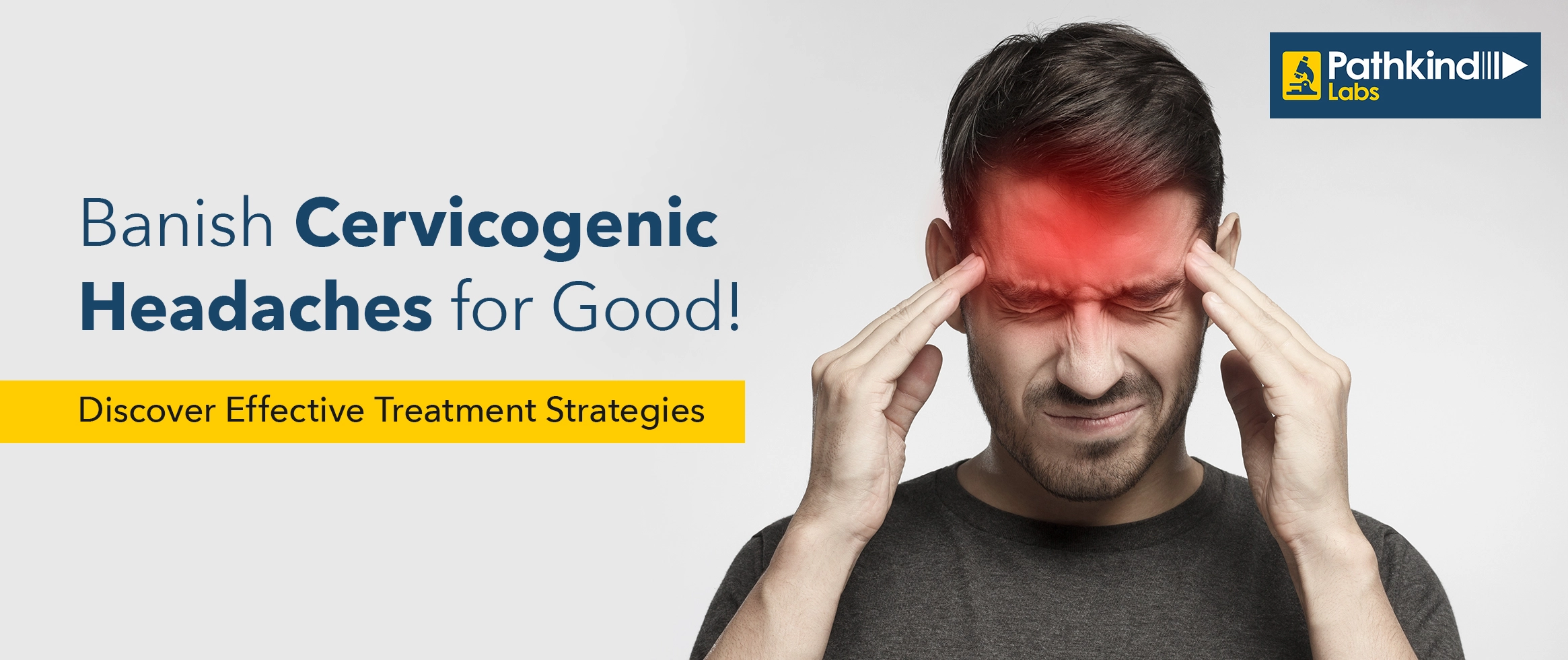
We’ll confirm your booking shortly!
Please provide your number to receive updates.
Enter the 6-digit verification code we just sent you to through SMS. Change Mobile

Cervicogenic headaches, which can greatly reduce the quality of life for individuals, come from the cervical spine but are usually confused with migraines. They generally cause deep pain at the back side of the head and spread further towards the front side. This kind of headache often worsens with specific neck movements or positions.
Cervicogenic headaches can make daily life and mundane tasks challenging. It often makes it hard for you to be productive. These headaches are described as constant pain or discomfort, which may even interrupt simple activities like daily chores, casual interaction, and social well-being. Cervicogenic headaches affect millions of people around the world, so it is important to understand this condition in depth. You can do better in managing cervicogenic headaches and improving your general health once you know the symptoms, causes, and treatment options.
Look for the following signs to catch the symptoms of cervicogenic headache:
Cervicogenic headaches can happen due to multiple reasons. Here are some common factors that can lead to this issue.
Detection of cervicogenic headaches involves the following procedures:
Cervicogenic headache treatment involves focusing on your well-being:
Cervicogenic headaches can severely affect the quality of life. However, there are effective treatment options, such as taking cervicogenic headache medications–which can help reduce symptoms and improve overall health. Moreover, being aware of such complex neurological conditions can go a long way in providing support and showing empathy to affected individuals.
Discover precision diagnostics with Pathkind Labs, a trusted name in diagnostic services in India. Our NABL accredited labs, equipped with advanced technology, are staffed by a certified team of over 200+ senior pathologists and 2000+ technicians. From tailored health check-ups to specialized tests in Oncology, Neurology, Gynaecology, Nephrology, and more, we've got your health covered. Skip the hassle with online booking for tests or check-ups, available for both lab visits and at-home blood collection. For a seamless experience and early detection, choose Pathkind Labs in Gurugram. Book your appointment today and experience diagnostics made easy.
© 2025 Pathkind Diagnostics Pvt. Ltd. All Rights Reserved | Unsubscribe
